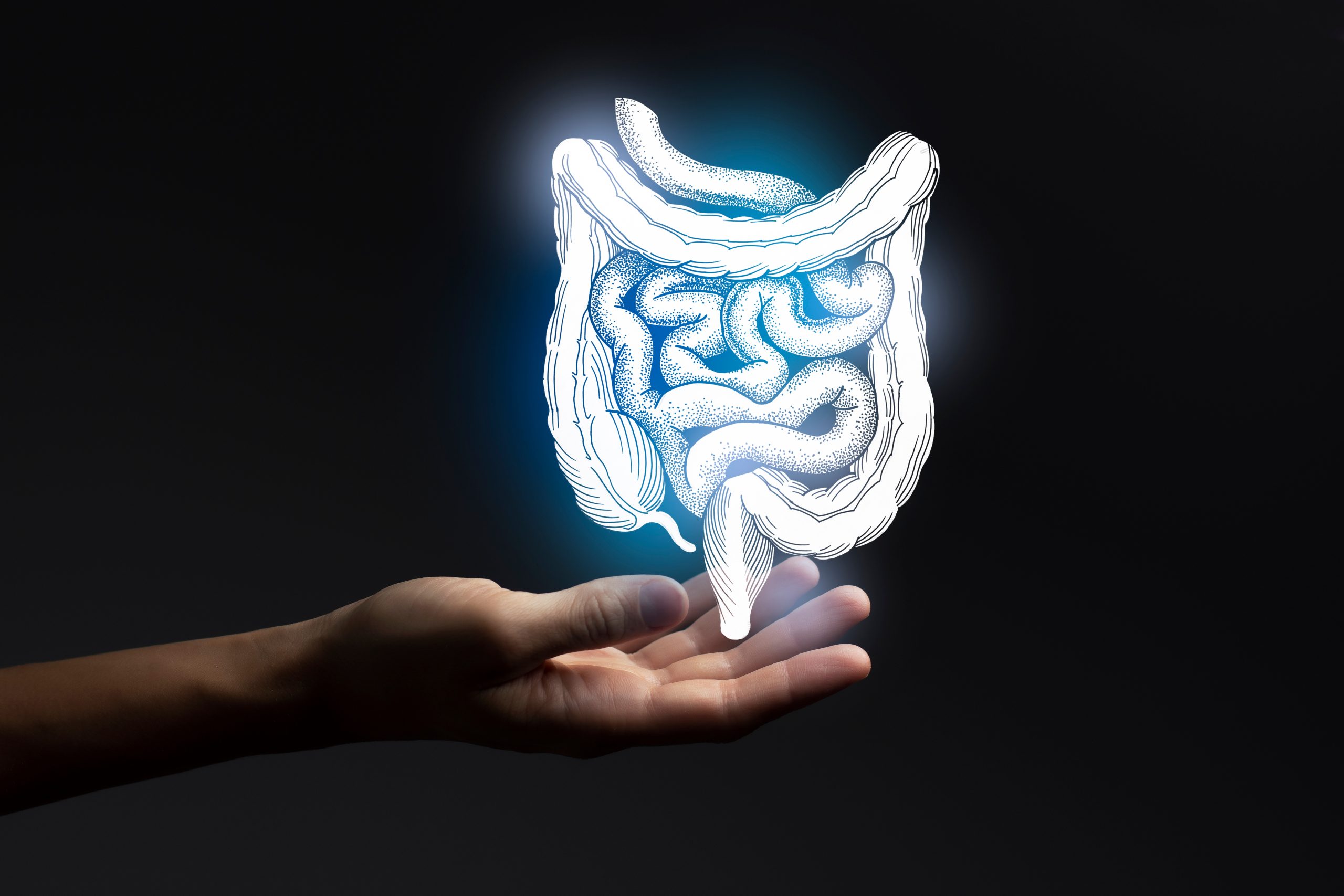

Changes in Stool Color or Form – Causes, Diagnosis, and Treatment at Emirates Hospitals Group
Changes in stool color or form can be a noticeable and sometimes alarming symptom. While occasional variations are normal, persistent alterations warrant medical attention as they can indicate underlying digestive issues.
Several factors can cause changes in stool color or form:
- Diet: What you eat significantly impacts stool. Beets can turn stool red, while iron supplements can make it black. A high-fiber diet can lead to looser stools, while a low-fiber diet can cause constipation.
- Medications: Some medications, like antidiarrheals, can cause constipation, while others can lead to diarrhea. Iron supplements can darken stool.
- Dehydration: Lack of fluids can lead to hard, dry stools.
- Infections: Viral or bacterial infections can cause diarrhea, sometimes with mucus or blood.
- Irritable Bowel Syndrome (IBS): This chronic condition can cause changes in bowel habits, including diarrhea, constipation, or alternating between the two.
- Inflammatory Bowel Disease (IBD): Conditions like Crohn’s disease and ulcerative colitis cause inflammation in the digestive tract, leading to diarrhea, abdominal pain, and sometimes bloody stools.
- Food Intolerances: Lactose intolerance or gluten sensitivity can cause digestive upset and changes in stool.
- Gallstones: Can block the bile duct, leading to pale or clay-colored stools.
- Internal Bleeding: Blood in the stool can appear red or black (depending on where the bleeding occurs in the digestive tract). Black, tarry stools often indicate bleeding higher up in the digestive system.
- Cancer: Colon or rectal cancer can cause changes in bowel habits, including changes in stool color or form, as well as blood in the stool.
Diagnosing the cause of stool changes involves a medical history, physical examination, and tests:
- Stool Tests: Can check for blood, bacteria, parasites, or other abnormalities.
- Blood Tests: May be done to check for infection, anemia, or other conditions.
- Colonoscopy: A procedure where a scope is inserted into the colon to visualize the lining and identify any abnormalities.
- Sigmoidoscopy: Similar to a colonoscopy, but examines only the lower part of the colon.
- Imaging Tests (CT scan, MRI): May be used to visualize the digestive tract and identify any abnormalities.
Treatment for stool changes depends on the underlying cause:
- Dietary Changes: Adjusting fiber intake, staying hydrated, and avoiding trigger foods can help regulate bowel movements.
- Medications: May be prescribed to treat infections, IBS, IBD, or other conditions.
- Procedures: Colonoscopy or surgery may be necessary to remove polyps, treat bleeding, or address other structural problems.
It is important to consult a doctor if you experience persistent changes in stool color or form, especially if accompanied by abdominal pain, rectal bleeding, weight loss, or other concerning symptoms. Early diagnosis and treatment are crucial for managing the underlying condition.
Related Treatments
Request an appointment
Please complete the details and we will book you shortly.
